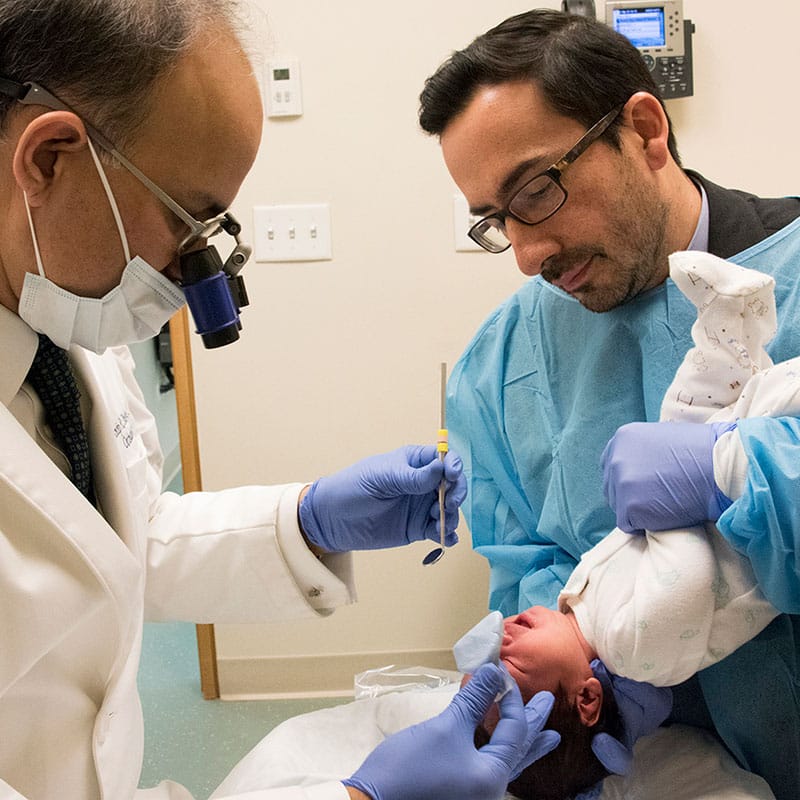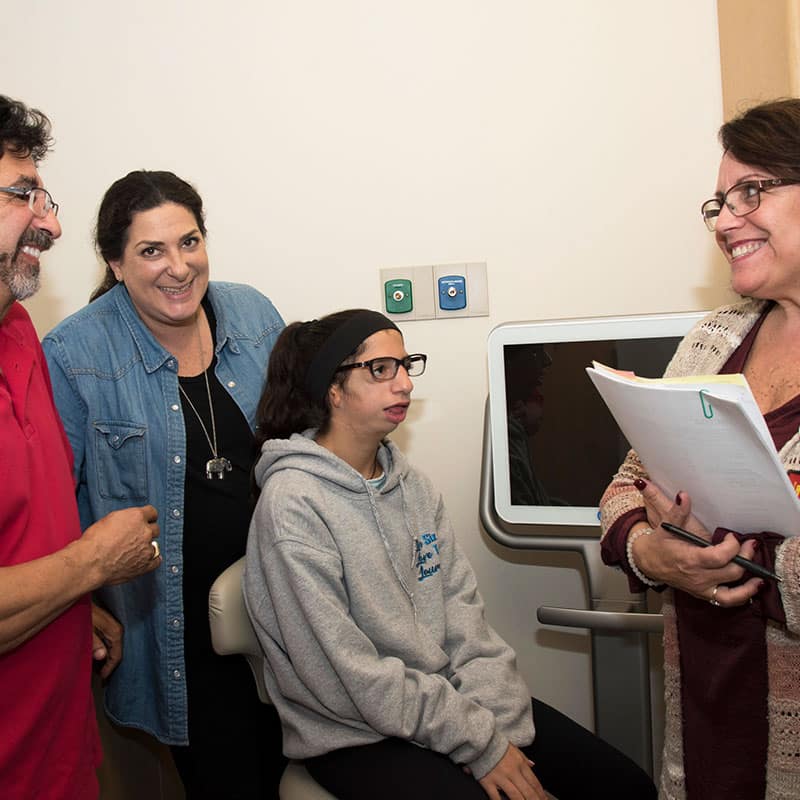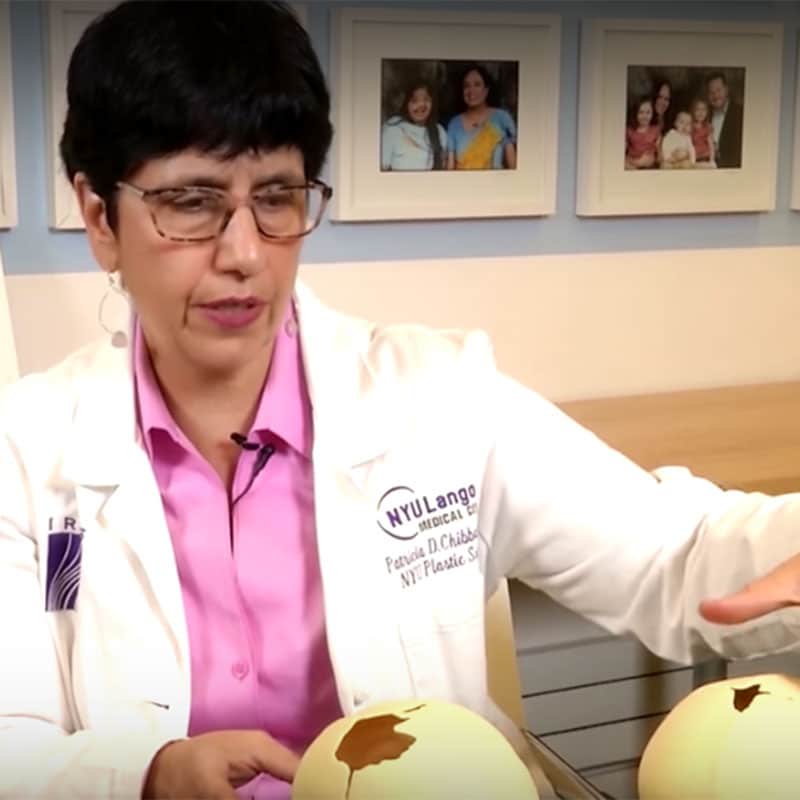VITAMINS & MINERALS 101
VITAMIN A
Sources of Vitamin A
• Plant-based foods include carrots, sweet potatoes, pumpkin, butternut squash, apricots, plus dark green, leafy vegetables (spinach).
• Animal-based options: beef liver, egg yolk, whole milk, butter, and cheese.
VITAMIN C
Sources of Vitamin C
• Bell peppers, broccoli, berries, cantaloupe, papaya, sweet potato, dark leafy greens (kale), tomatoes, pineapple, apples and citrus fruits (oranges, lemons, limes)
• Spinach and kale are good sources of both Vitamin C and iron, so they’re an ideal food! Pair them with lentils, lemons, quinoa, white beans, black beans, or sweet potatoes as a savory dish, or for a breakfast option blend into a smoothie with some fresh fruit.
VITAMIN D
Most people are deficient and need to fortify. When you have your annual blood work done ask for your Vitamin D level to be checked. Typically, the lower end is ~32iu, and ideal levels are between 40-80iu. It is important to understand the parameters of testing in your lab because the ranges may vary.
Darker-skinned individuals may be deficient as their skin is less capable of converting Vitamin D from the sun, as are older populations and people with Crohn’s and Celiac Diseases.
Sources of Vitamin D
• Vitamin D-fortified milks and dairy products, fish/fish oils, and egg yolks.
VITAMIN E
Sources of Vitamin E
• Almonds, peanuts, hazelnuts and sunflower seeds and vegetable oils
ZINC
Sources of Zinc
• Meat, seafood, soybeans, nuts and seeds (sesame, pumpkin, and sunflower seeds), and dairy products plus cooked dried beans, peas and lentils.
SELENIUM
Sources of Selenium
• Brazil nuts, walnuts, tuna, beef, poultry, fortified breads and other grain products.
COPPER
Sources of Cooper
• Brazil nuts, walnuts, tuna, beef, poultry, fortified breads and other grain products.
• Liver, oysters, seafood, shiitake mushrooms, leafy greens (kale or spinach, Swiss chard), nuts, seeds, wheat bran cereals, and whole grains (like oatmeal, brown rice, whole wheat).
• Sprinkle seeds/nuts on yogurt or oatmeal for breakfast
• Add shiitake mushrooms or leafy greens to any soups
• Change any white pasta, white bread or white rice for the whole wheat alternative
VITAMIN B6
Sources of Vitamin B6
• Chicken, salmon and tuna, potatoes, bulgur, rice, breakfast cereals and chickpeas, which is the main ingredient in hummus!
IRON
Sources of Iron
• Heme iron is more readily absorbed and found in animal products (Flesh and organ meats)
• Non-heme iron is less readily absorbed and found in plant foods (Beans/legumes; soybeans/lentils; dark leafy greens; sesame seeds/tahini)
DID YOU KNOW?
✓ Zinc is necessary for proper sense of taste and smell.
✓ 23 almonds (1 ounce) provide almost 40% (37% to be exact) of your Vitamin E for the day.
✓ The amount of selenium in a fruit, vegetable or grain depends on the amount of selenium in the soil. Therefore, selenium concentrations in these foods vary widely by where they grow.
✓ Copper is an essential mineral, meaning it must come from the diet and cannot be produced by the body.
✓ Breakfast cereals are fortified with 25% of the DV (Daily Value) for Vitamin B6.
✓ What are the signs of an Iron deficiency? Extreme fatigue, weakness, difficulty concentrating, pale skin, cold hands and feet, brittle nails, headache, feeling dizzy, shortness of breath, and swollen tongue.
✓ Dairy can hinder Iron absorption.
VITAMIN A is an antioxidant, which helps with the lining of the respiratory and digestive tracts; these are the first-line barriers to infections. There are so many delicious food choices! Try ready-to-eat breakfast cereals which are fortified with Vitamin A such as Grape Nuts Flakes.
Sources of Vitamin A
• Plant-based foods include carrots, sweet potatoes, pumpkin, butternut squash, apricots, plus dark green, leafy vegetables (spinach).
• Animal-based options: beef liver, egg yolk, whole milk, butter, and cheese.
VITAMIN C is also an antioxidant, which plays a huge role in the body, for one, immune function - it neutralizes free radicals generated by exposure to environmental stressors, air pollution, smoking, etc. Free radicals are harmful and can damage cells and tissues and trigger body inflammation. Antioxidants basically put out the “fires” around the body. PLUS, Vitamin C helps the body absorb iron, so it’s best to eat these nutrients together. Finally, Vitamin C is crucial in maintaining a healthy nervous system, which can help with stress and anxiety.
Sources of Vitamin C
• Bell peppers, broccoli, berries, cantaloupe, papaya, sweet potato, dark leafy greens (kale), tomatoes, pineapple, apples and citrus fruits (oranges, lemons, limes)
• Spinach and kale are good sources of both Vitamin C and iron, so they’re an ideal food! Pair them with lentils, lemons, quinoa, white beans, black beans, or sweet potatoes as a savory dish, or for a breakfast option blend into a smoothie with some fresh fruit.
VITAMIN D is sometimes referred to as the “sunshine vitamin” because it needs sunlight for Vitamin D to be produced in your skin. Its functions include regulating the absorption of the mineral’s calcium and phosphorus and facilitating normal immune function. Vitamin D works with T cells, the body’s natural killer cells, to fight off infection and disease. While we are in “pause mode” and spending a LOT of time indoors, please supplement!
Most people are deficient and need to fortify. When you have your annual blood work done ask for your Vitamin D level to be checked. Typically, the lower end is ~32iu, and ideal levels are between 40-80iu. It is important to understand the parameters of testing in your lab because the ranges may vary.
Darker-skinned individuals may be deficient as their skin is less capable of converting Vitamin D from the sun, as are older populations and people with Crohn’s and Celiac Diseases.
Sources of Vitamin D
• Vitamin D-fortified milks and dairy products, fish/fish oils, and egg yolks.
VITAMIN E, like Vitamin C, is an antioxidant that helps your body fight infections.
Sources of Vitamin E
• Almonds, peanuts, hazelnuts and sunflower seeds and vegetable oils
ZINC can help the immune system by boosting white blood cells, which help fight off invading bacteria and viruses.
Sources of Zinc
• Meat, seafood, soybeans, nuts and seeds (sesame, pumpkin, and sunflower seeds), and dairy products plus cooked dried beans, peas and lentils.
SELENIUM is vital in the body’s ability to detoxify among thyroid metabolism.
Sources of Selenium
• Brazil nuts, walnuts, tuna, beef, poultry, fortified breads and other grain products.
COPPER is found in all the body’s tissues and is vital for our existence. It’s involved in making red blood cells and helps the body absorb iron, maintain nerve cells and the immune system. A copper deficiency can result in an increased susceptibility to infection.
Sources of Cooper
• Brazil nuts, walnuts, tuna, beef, poultry, fortified breads and other grain products.
• Liver, oysters, seafood, shiitake mushrooms, leafy greens (kale or spinach, Swiss chard), nuts, seeds, wheat bran cereals, and whole grains (like oatmeal, brown rice, whole wheat).
• Sprinkle seeds/nuts on yogurt or oatmeal for breakfast
• Add shiitake mushrooms or leafy greens to any soups
• Change any white pasta, white bread or white rice for the whole wheat alternative
VITAMIN B6, aka “pyridoxine,” is vital in supporting biochemical reactions in the immune system and is involved in more than 100 reactions in the body. If you’re deficient, your white blood cell production including T cells (which regulate the immune system) could be compromised.
Sources of Vitamin B6
• Chicken, salmon and tuna, potatoes, bulgur, rice, breakfast cereals and chickpeas, which is the main ingredient in hummus!
IRON is necessary for immune cells to proliferate and grow, especially lymphocytes, which are linked to a specific response to infection. Iron brings oxygen and nutrients to all cells and tissues in the body; if you’re deficient, your immune system can be compromised. As discussed earlier, pairing iron-rich foods with a Vitamin C-rich food, will increase the iron absorption. If you are supplementing with iron for an iron deficiency, make sure to take 2 hours from a dairy-rich meal or antacids.
Sources of Iron
• Heme iron is more readily absorbed and found in animal products (Flesh and organ meats)
• Non-heme iron is less readily absorbed and found in plant foods (Beans/legumes; soybeans/lentils; dark leafy greens; sesame seeds/tahini)
Did you know?
✓ Zinc is not stored in the body, so it must be included regularly in the diet to maintain levels.
✓ Zinc is necessary for proper sense of taste and smell.
✓ 23 almonds (1 ounce) provide almost 40% (37% to be exact) of your Vitamin E for the day.
✓ The amount of selenium in a fruit, vegetable or grain depends on the amount of selenium in the soil. Therefore, selenium concentrations in these foods vary widely by where they grow.
✓ Copper is an essential mineral, meaning it must come from the diet and cannot be produced by the body.
✓ Breakfast cereals are fortified with 25% of the DV (Daily Value) for Vitamin B6.
✓ What are the signs of an Iron deficiency? Extreme fatigue, weakness, difficulty concentrating, pale skin, cold hands and feet, brittle nails, headache, feeling dizzy, shortness of breath, and swollen tongue.
✓ Dairy can hinder Iron absorption.








